Walking back down the valley, past the square black rock of Retama, a few farm buildings, and the skulls in the roadside niches cut through by the new road; across the metal bridge and down to where the narrowing river is crossed by the swaying oroya, then up past the shiny black rock with its dusty images poking above the verge, we pass a quebrada seca, a sloping delta of rock debris flowing out from a side valley, with the broken remnants of a village here, scattered buildings and walls, rough built of natural stone cemented with clay, and then the road rises again above the valley and turns a corner of the hillside with a precipitous drop to the river; we descend as the valley widens and the hillsides lean back a little, making a space for the riverside orchards with water flowing through shallow channels between the lines of trees; and so hurrying as the valley darkens now to reach La Capilla and the last bus, which stands there waiting for us.
Back in Mala we take the night bus back to Lima, and sitting in the gloom I take out my notebook and write down my thoughts whilst they are still fresh.
“To call the substrates of the drawings either rocks or boulders is misleading. The first stone seen from the south is ten metres long and three metres wide at the top. The surface which has been used for drawing, the canvas, has an area of about forty square metres. The size of a small house, whose walls and roof have been covered with images. Other stones are the size of a car or a minibus.
“Some of these giant canvases have been used to develop equally large themes. There are lines of dots that run for several metres, individual images half a metre high, and tableaus of thematically related images covering panels of several square metres.

“The site is data rich. Looking down on the corner of one rock (above) we can see three human figures, three llamas, three shawl pins, the dated heart, several trails of dots, two lobster creatures, two condors, a llama caravan, a circle with a centre, a star, and twenty more individual identifiable images for which we have no name, in Spanish or English. We can surely imagine that the creators could name what they drew, but it is beyond our easy comprehension.
“Different rock faces may have different themes. The skyward pointing surfaces are often most decorated. Perhaps the first artists chose the best panels – the darkest rock, the highest points. Perhaps those facing the river, or facing the hillside, had different audiences, human or godly.
“Could drawings on the rocks at Mala be contemporary with the people of Caral, near the coast 150 km north of Lima, 5000 years Before Present, (BP), with the stone reliefs of warriors and their victims at Sechin from 3600 BP, or with the painted murals of Moche cosmovision or foundation myths at the Huaca de la Luna, near modern Trujillo, from 1500 years BP?
“There seems to be a time sequence, with the rocks being used a a drawing board repeatedly, and figures being drawn over older figures. The age and the brightness of the image appear to be related on many panels, though not on all. Would it be possible to differentiate between the brighter and darker images, the newer and older?”


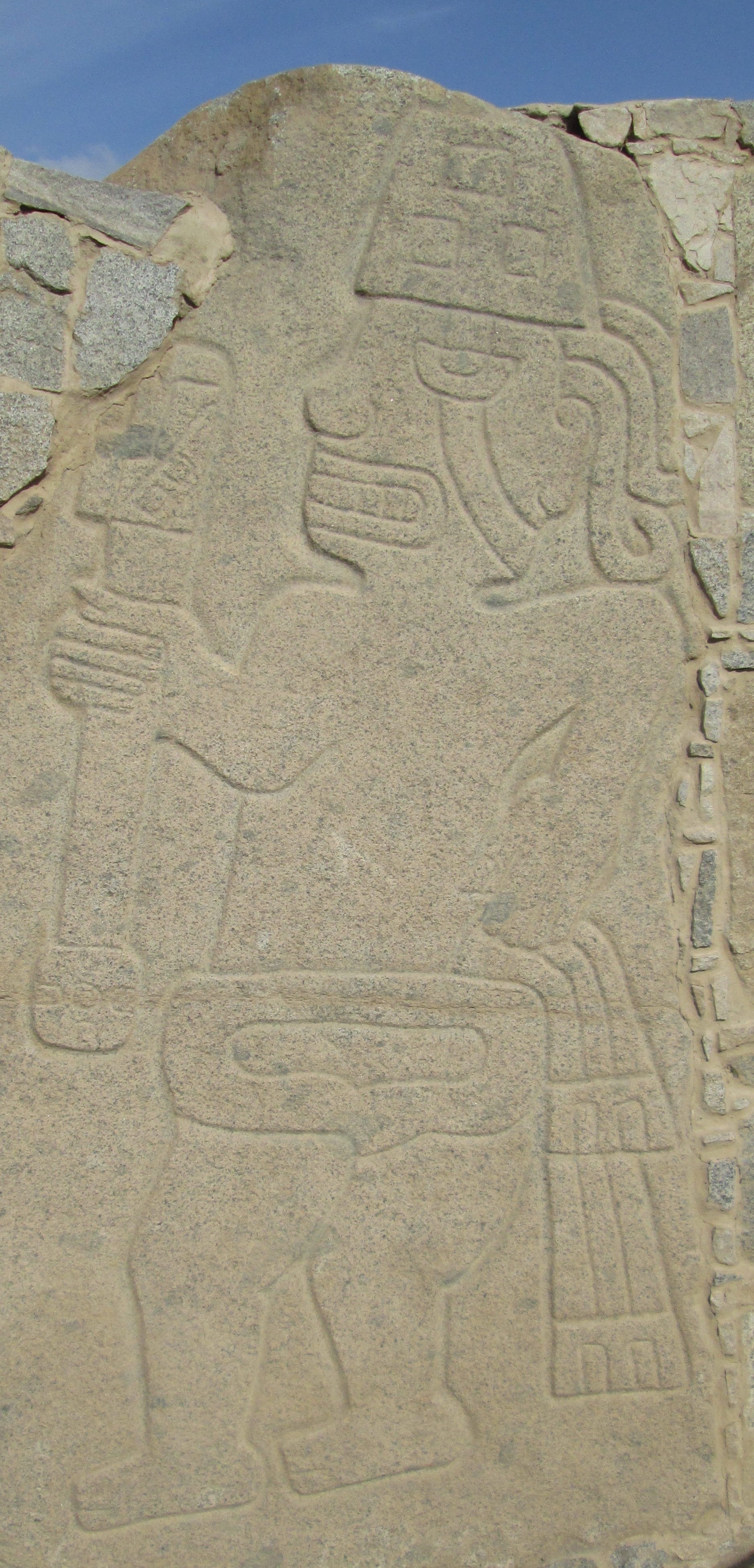

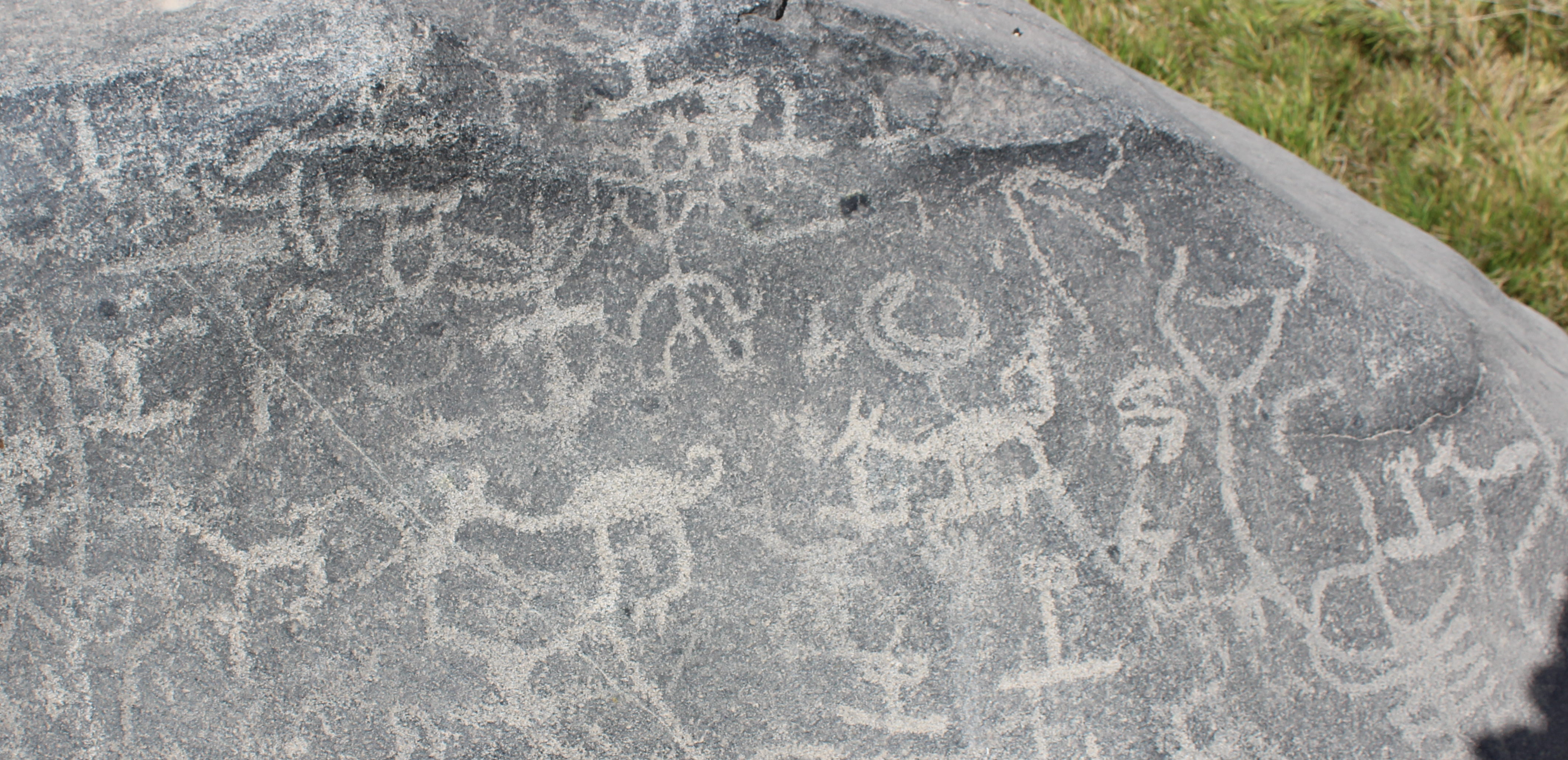
Then I add a list of questions. I realise that my knowledge here is close to zero, so I don’t even know what questions to ask. But asking questions, any questions, is a start. What can I discover about…
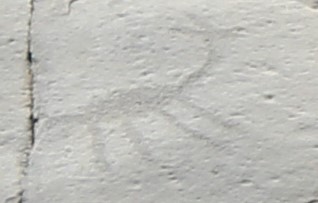
- The llamas?
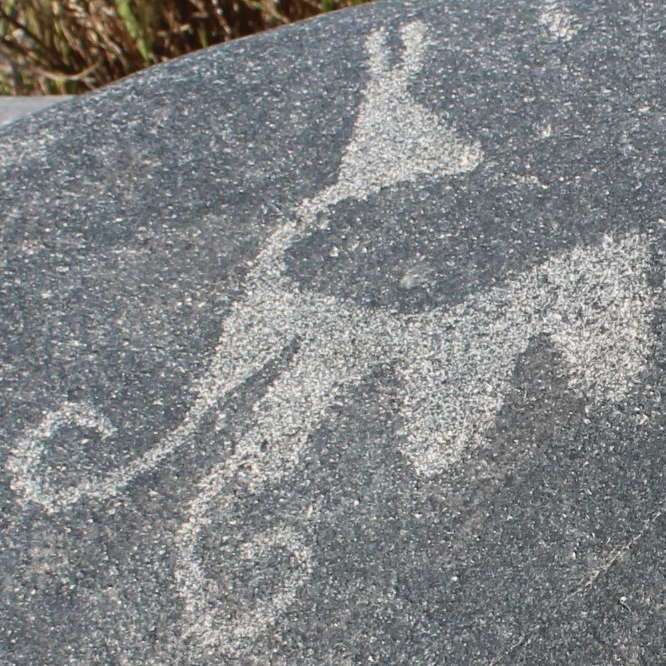
2. The fantastic birds?
3. The shaman sitting on a stool?
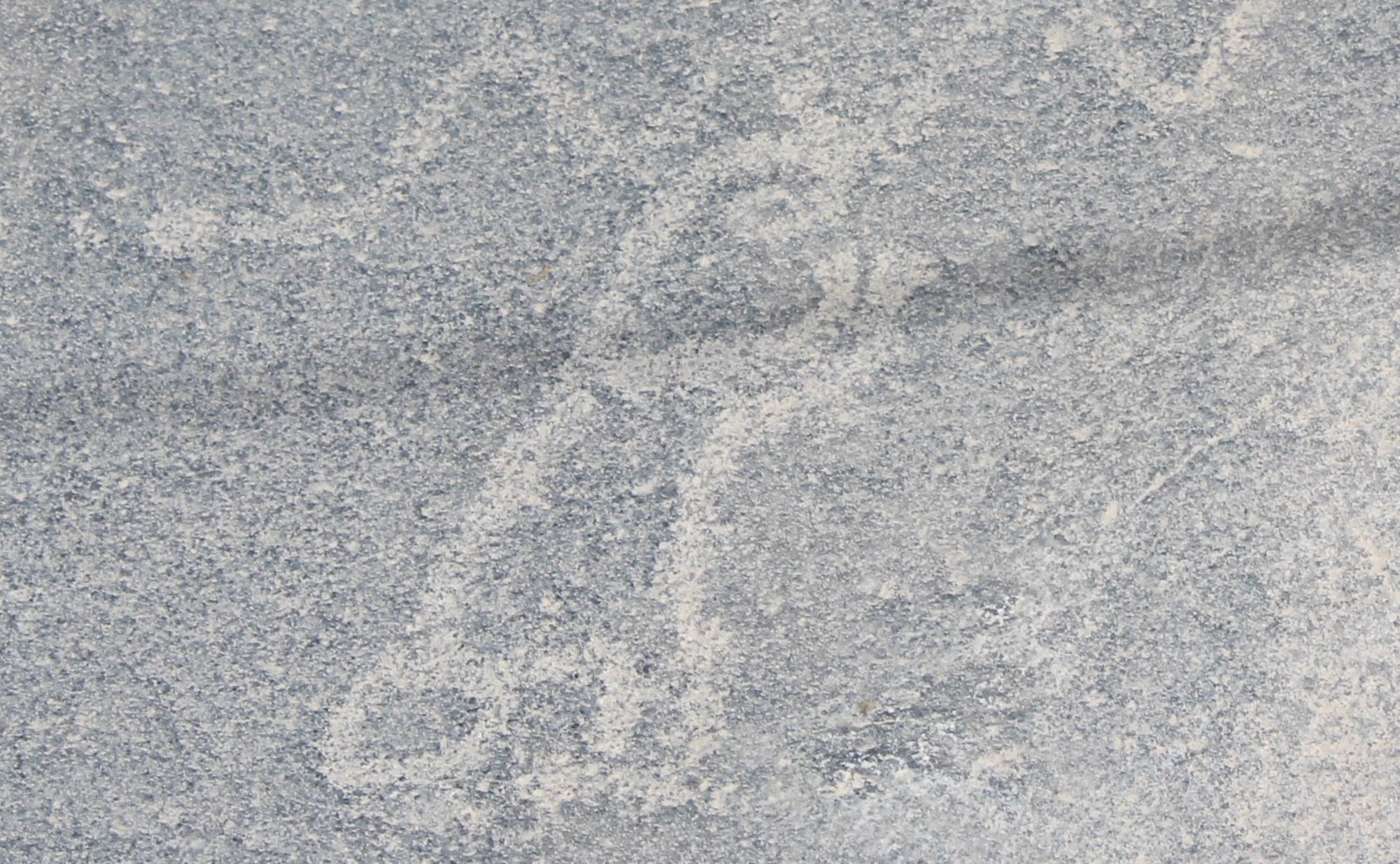
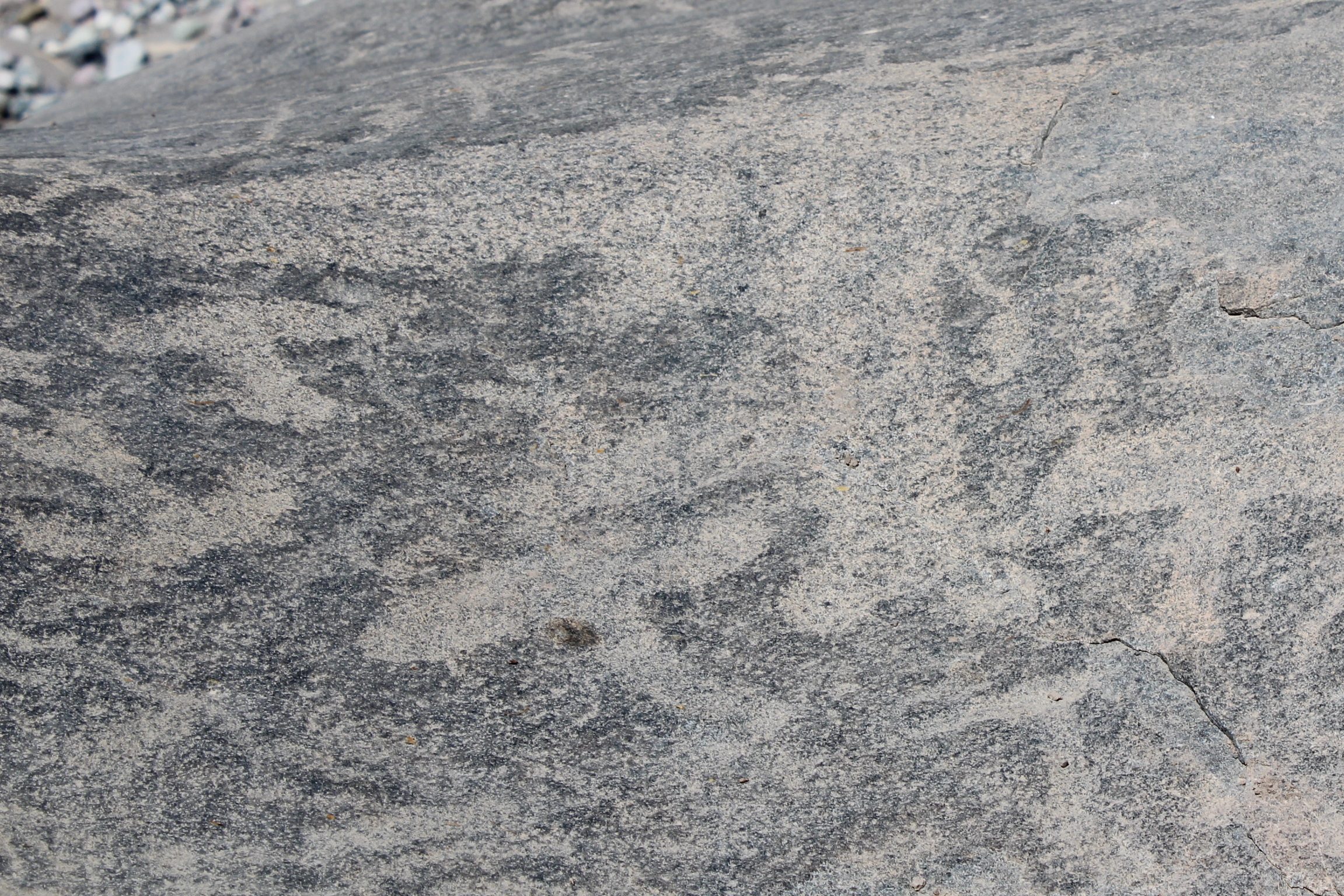
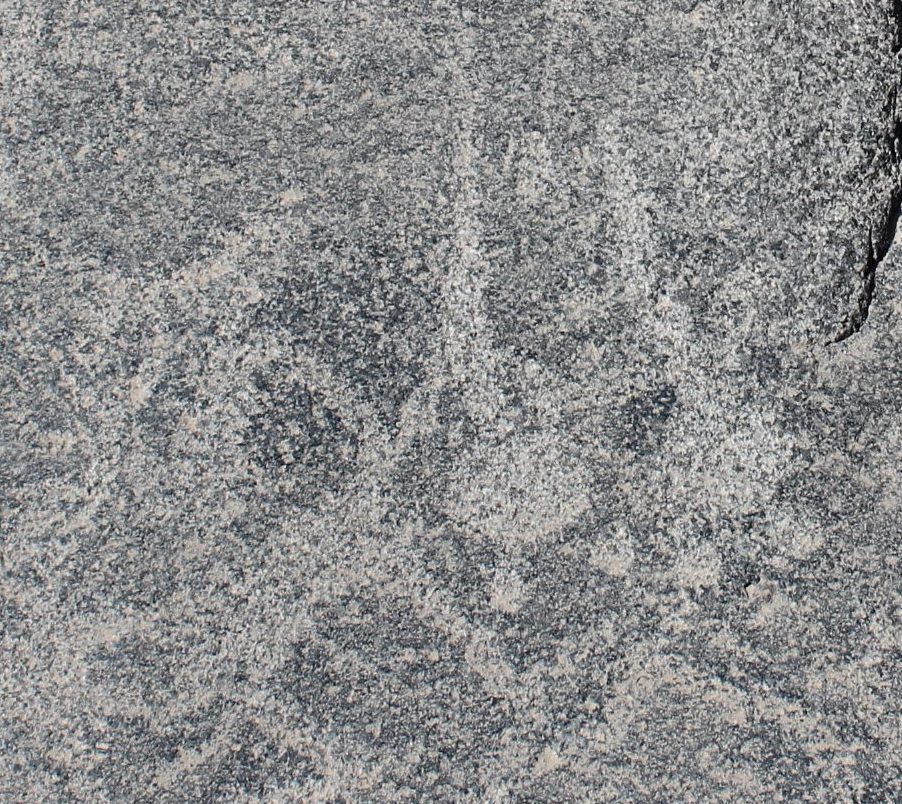
4. The shawl pins?
5. The T-shapes?
6. The masked figure?
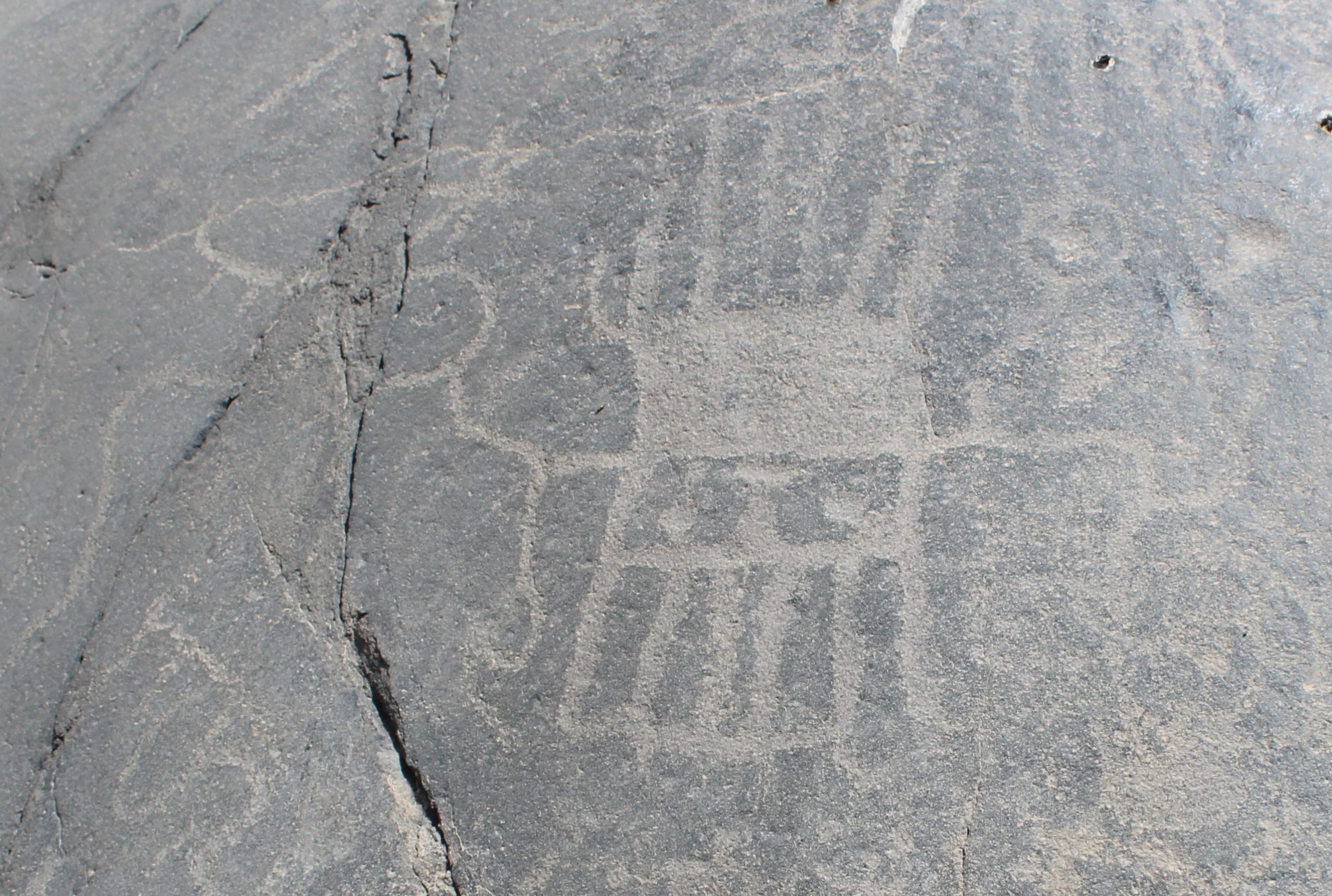
I could add many more. But for now, I will start with six questions.
********************
As we drive into the city Mayra leans over to read what I have written.
“Well, I can help with one of those.”
“Which one?”
“Your shaman on a stool. You are looking at it from the wrong angle. It’s a monkey.”
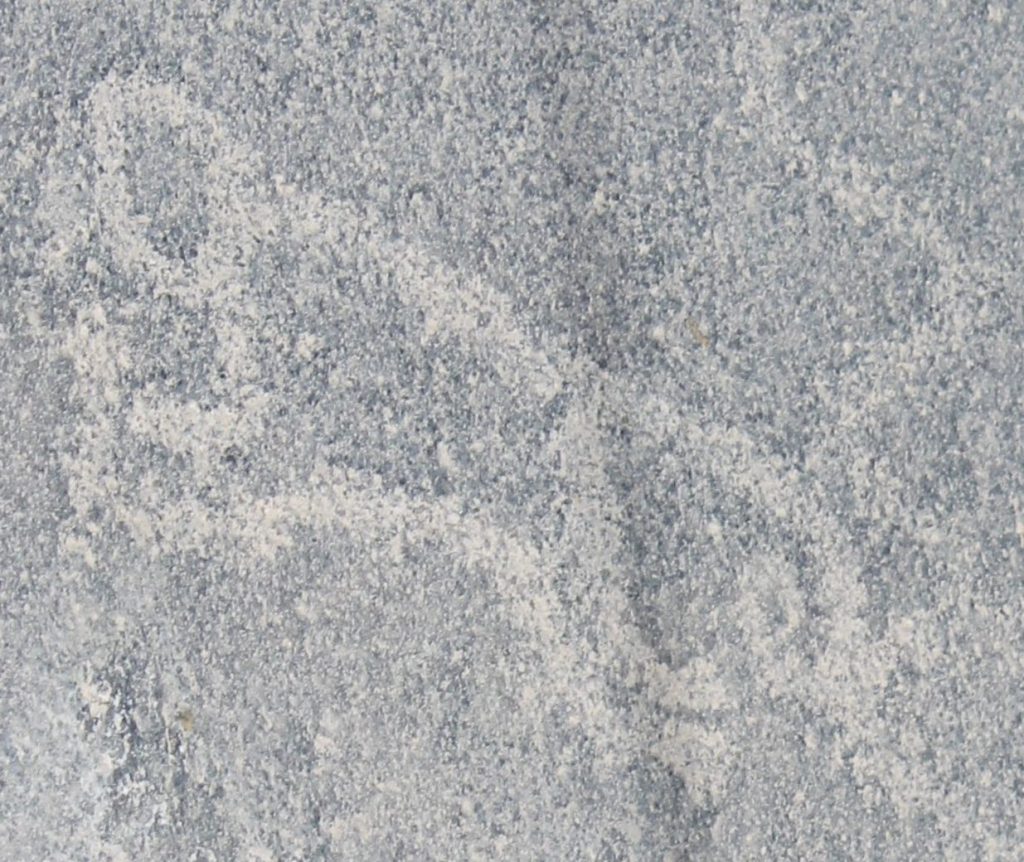
Go Forward to 4. Rock Art in Peru 2
